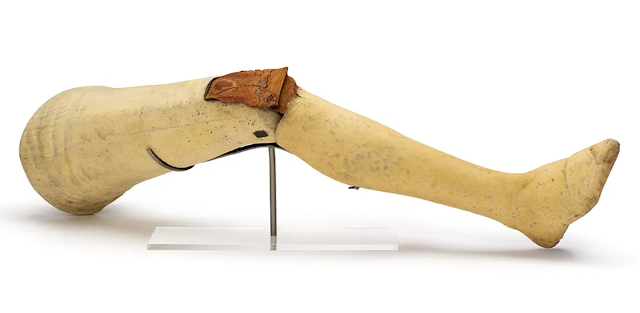MANUSCRIPTS - The Book of Kells
GOSPEL BOOKS: The Book of Kells
Latin: Codex Cenannensis
Irish: Leabhar Cheanannais;
MS ID: Dublin, Trinity College Library, MS A. I
The Book of Kells is probably one of the most recognisable early
medieval manuscripts from the British Isles (For why I use the term British
Isles generally see here). It was created
at the Columban monastery somewhere in either Ireland, Scotland, or England. The manuscript consists of 340 folios bound
into four volumes with a combined page count of 680. The text is written using iron gall ink, with
the vibrant colours were made up of a variety of mixtures, with some of the
ingredients for the pigment having been imported. Created at the very beginning of the ninth
century, it came to the monastery at Kells, and is now held by Trinity College
Dublin, where any two of the four volumes are on display at any one time.
The manuscript is however more famous for its illuminations –
which contain Celtic knotwork designs, mythical beasts, and human and
supernatural figures. It is particular
known for its representation of the four Evangelists – the authors of the
canonical gospels – with their associated animal figures: Matthew the Man, Mark
the Lion, Luke the Ox (sometimes shown as a Calf or Lamb), and John the
Eagle. This appears in one the
manuscript’s full page illuminations which has often been reproduces in various
forms. The openings of the gospels –
incipits- are also highly decorated and often emulated in modern art.
The Book of Kells is considered to be one of the greatest
examples of medieval Insular art from the time period. Personally, it is one of my favourite medieval
manuscripts and part of why I chose to study the period in question.

.jpg)


